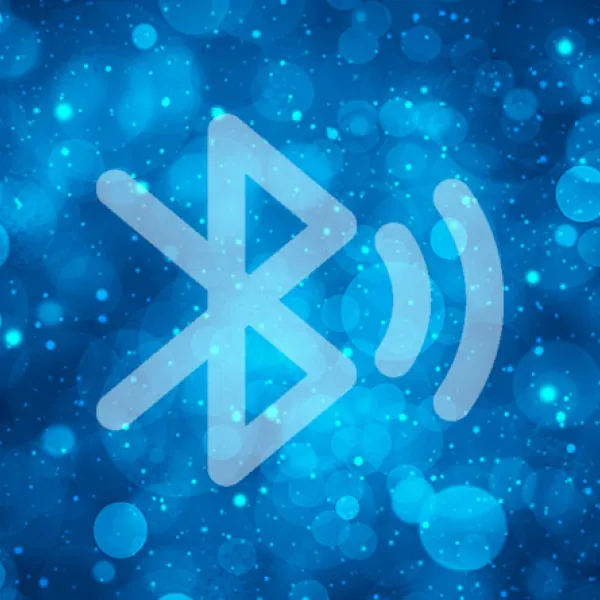Near Field Communication (NFC)

Benefits
NFC is creating a more connected world
What is NFC?
NFC stands for Near Field Communication. It's a high frequency (13.56 Mhz), short-range wireless communication technology that enables devices to communicate with each other when they are brought within 4 cm (1.6 in) of each other. NFC operates on radio frequency identification (RFID) principles, allowing compatible devices to exchange data or initiate actions simply by being near each other.
NFC technology is commonly found in smartphones, tablets, and other electronic devices, and it's used for a variety of applications, including contactless payments, data sharing, access control, and more. NFC-enabled devices contain a small NFC chip or antenna that emits radio waves, allowing them to communicate with other NFC-enabled devices or NFC tags.
Operating in 3 modes - Reader, Peer-to-Peer and Card Emulation - NFC enabled devices can share data, access information or be used to provide secure access information. Already widely available in the banking sector, NFC is being adopted in more and more sectors such as Access Control, health care, loyalty and coupons, transportation, payments, consumer electronics and everything Internet of Things (IoT) related.

NFC technology has gained popularity due to its convenience, security, and versatility. It's widely used for various applications, such as mobile payments (e.g., Apple Pay, Google Pay), transit systems, smart posters, electronic access control systems, and more. NFC continues to evolve, with new applications and innovations emerging to further enhance its capabilities and expand its usage across different industries and use cases.
How does NFC work?
NFC devices communicate by modulating and demodulating electromagnetic radio waves. This communication occurs in two main modes: active and passive. In active mode, both devices are powered and actively transmit data, while in passive mode, one device generates an electromagnetic field to power the other device, enabling data exchange.
Once the NFC connection is established, devices can exchange data securely, including file transfers, contactless payments, and other actions based on the application. NFC technology provides a convenient, secure, and versatile means of wireless communication, supporting a wide range of applications across industries while operating over short distances to ensure data privacy and security.



